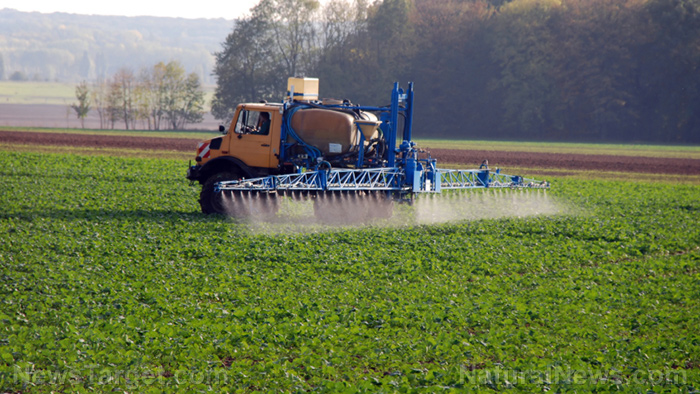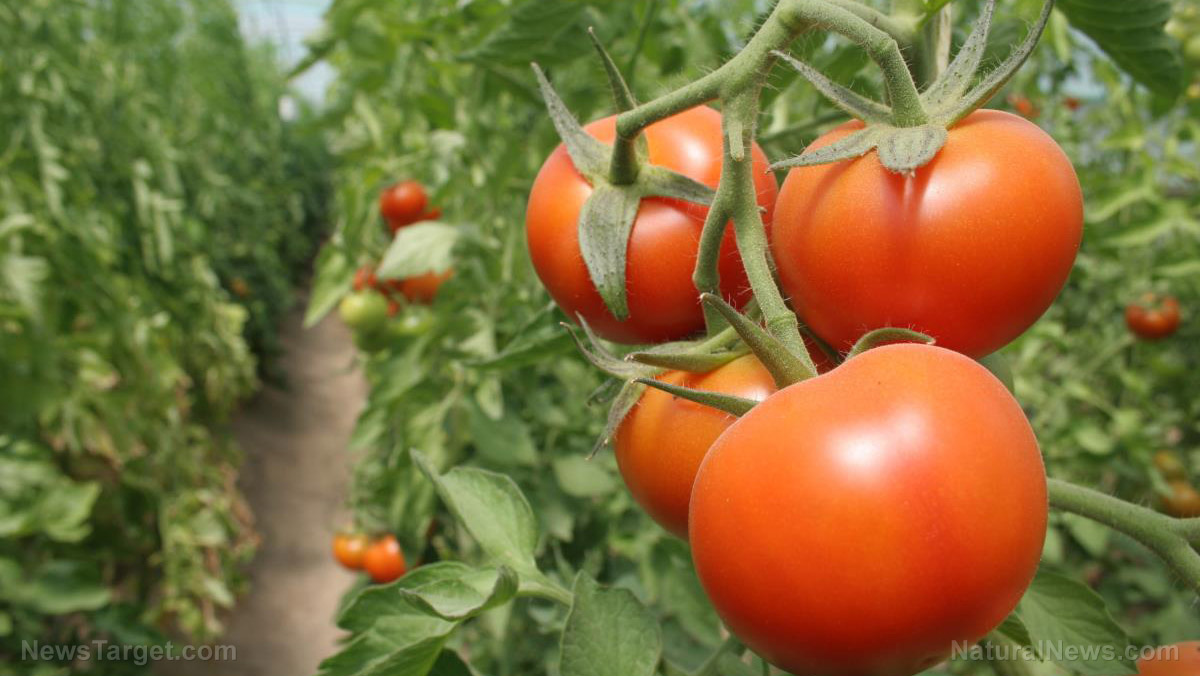
Advertisement
Researchers have found that viral epidemics in plants hit cultivated areas more than non-cultivated areas. The finding, which was published in the ISME Journal, is the collaborative result between France and South Africa regarding the floristic areas – regions that have distinct plant life – in the Western Cape and Camargue regions in South Africa and France, respectively.
- The study also points to an area they referred to as a “natural compartment,” which is a potentially unexplored area that may contain a large number of viruses.
- It also indicated that current knowledge regarding the diversity of plant viruses is “lacking,” given that the trend of emerging plant diseases is viral in nature. Currently, about 1,400 species of plant viruses are identified – a figure which authors believe is well below the actual numbers.
- However, the study reports that the count is “undoubtedly distorted” and provides two reasons for this. The first reason, they posit, is that the current description of viruses has been based on a limited number of cultivated plant species, and second, the viruses were characterized based on how they affect their hosts. They also indicated that more viruses remain to be discovered in areas where there is little human activity.
- The current study utilized a new viral metagenomics approach, which enabled the research team to study how the pathogenic agent affects the host and the environment.
The outcome of the study substantiated the researchers’ claim that modern agriculture plays a major role in virus distribution; unfortunately, the practice has yet to understand the diversity and roles of viruses in nature.
Journal Reference:
Bernardo P, Charles-Dominique T, Barakat M, Ortet P, Fernandez E, Filloux D, Hartnady P, Rebelo TA, Cousins SR, Mesleard F, et al. GEOMETAGENOMICS ILLUMINATES THE IMPACT OF AGRICULTURE ON THE DISTRIBUTION AND PREVALENCE OF PLANT VIRUSES AT THE ECOSYSTEM SCALE. The ISME Journal. 2017;12(1):173–184. DOI: doi.org/10.1038/ismej.2017.155
Advertisements







